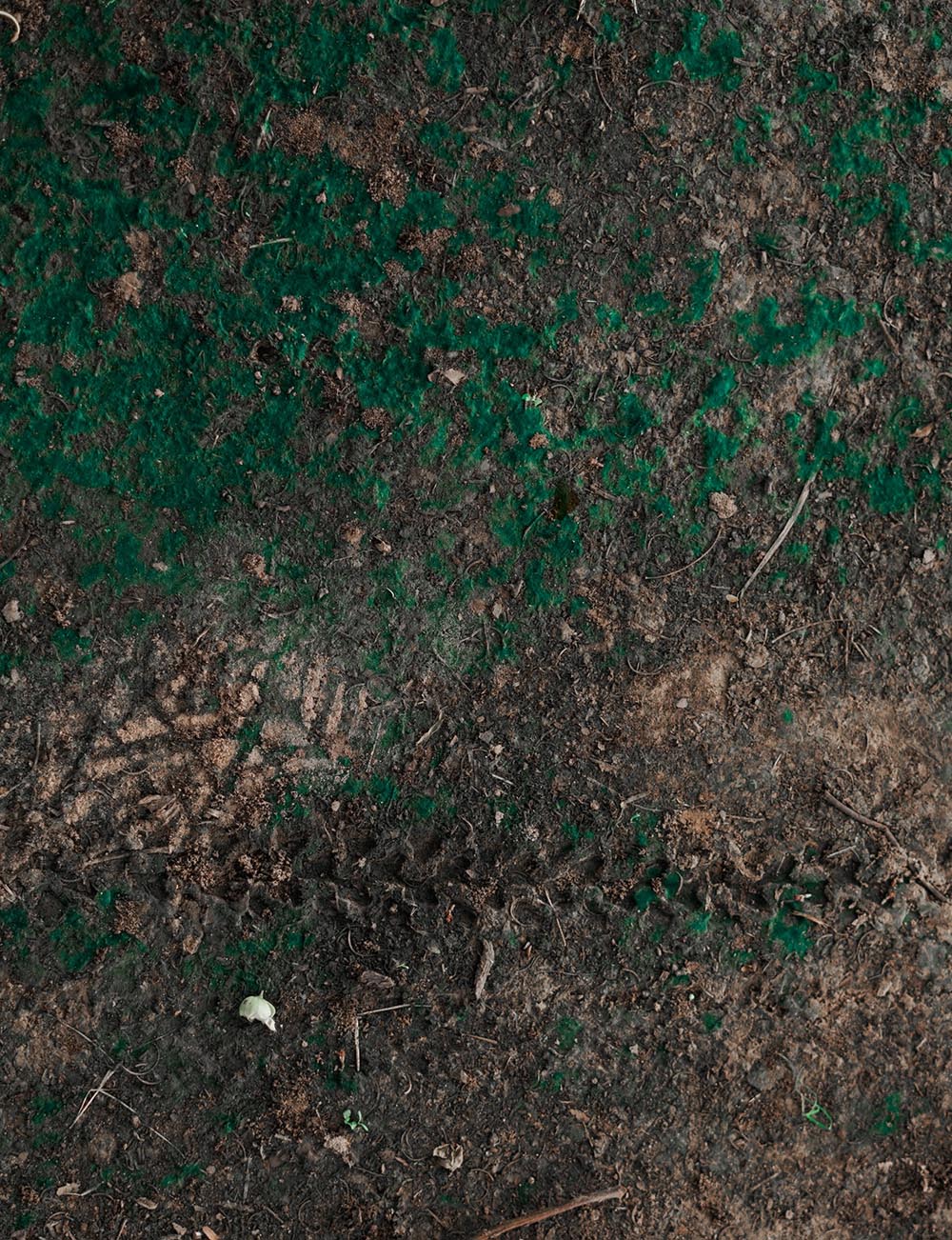The Importance of Soil Fungi
How symbiotic relationships benefit plants

Plants are a truly fascinating and essential part of nature, but below the surface of soil, there’s a wealth of interesting fungal activity that is constantly working hard to keep our plants healthy and thriving.
Fungi have existed for over one billion years and they are well equipped to adopt various forms in reaction to any unfavourable conditions. Within soil, fungi are tiny, plant-like cells which grow in long strings, known as hyphae, and collectively create a mass called a mycelium. Mycelium has the ability to absorb nutrients from a plant’s roots, soil, or organic matter.
Fungi can only survive on or within their hosts, and are unable to endure extensive periods of time outside of this environment. They produce many different types of enzymes which allow them to break down deceased animals and plants and cleverly convert them into a source of nutrients for plants; this is known as decomposition. Without the existence of fungi, we wouldn’t have soil.
There are different types of fungi; some deliver specific nutrients which aid in plant growth and vigour. Whereas, others act as a plant protector, by producing chemicals which defend the plant from harmful insects or bacteria. Beneficial fungi break down organic matter within soil, which the plant then uses as a food source. This type of fungus can also control populations of soilborne pathogens, and therefore, aid in preventing disease. There are also pathogenic types of fungi; these can result in a range of devastating plant diseases, including root rot, mildew, leaf spot, and dieback.
The Role of Fungi
Fungi play an incredibly important role within the plant kingdom. They are capable of decomposing organic matter within soil, which enhances its nutritional quality and benefits the soil microbiome. Organic matter is then converted into carbon dioxide, biomass, and organic acids.
Fungi decrease the levels of nitrogen in soil and transform it into a protein source for plants. It can produce bioactive metabolites, such as antibiotics, and this leads to enhanced plant growth. Some fungi species have the ability to absorb contaminants from their environment, such as copper, mercury, and zinc; a process known as biosorption.
When a mutually beneficial association is formed between a fungi and a plant, it is known as a mycorrhizal symbiotic relationship.
What are Mycorrhizae?
Mycorrhizae are beneficial fungi and a form of symbiotic relationship between fungi and plant roots. Symbiotic relationships are close associations which are formed between two species. Mutualism is a type of symbiotic relationship where all species benefit in some way from the interactions. Mycorrhizae play a big part in maintaining ecosystems, throughout gardens, forests, and farms.
Did you know?
The symbiotic relationship between plants and mycorrhizae has been traced back to around 700 million years ago, when ocean-dwelling plants started to migrate onto land. Their limited root systems and tough soil encouraged plants to partner with fungi which was already established, to form a mutual relationship, where the soil was improved and plant roots became more complex.
When mycorrhizae are present, they bring advantages to both fungi and plants. Plants use photosynthesis—where sunlight converts water and CO2 into energy and oxygen—to absorb excess sugars (glucose) through their leaves and send them to its roots. Mycorrhizae have the ability to extract these sugars from plants. In exchange, they provide nutrients, such as phosphorus and zinc, to the plant’s roots.

In essence, mycorrhizae act as an extension to the root system and significantly enhance a plant’s absorptive area using their hyphae. The sugars which the plants provide keep mycorrhizae alive, whilst mycorrhizae enable plants to grow healthily and thrive, and provide greater yields of flowers and fruits. The majority of plants could not survive in their environment without the presence of mycorrhizae in its soil—especially under difficult conditions. Mycorrhizae also provide plants with greater resistance to drought, root rot, and nutrient deficiencies. This is incredibly important as we notice big changes to our climate, with regards to higher temperatures, less predictable rainfall, and longer periods of drought.

You would be unlikely to see mycorrhizae with the naked eye, as they are incredibly small. However, occasionally toadstools can be spotted, especially below trees. These can be a sign of ectomycorrhiza, which means mycorrhiza that is living outside of a plant.
We can help mycorrhizae by adopting sustainable practices, including mulching soil with organic matter, composting, allowing leaf litter to remain upon soil, and avoiding the use of chemical pesticides, fungicides or fertilisers; these can harm valuable and beneficial fungi.
With over 90% of plant species forming this symbiotic relationship, it’s clear to see how important soil health is for plants and encouraging this natural process to take place.
If you’re looking to enhance your landscape with a wide variety of plants, get in touch with one of our G Team experts.

